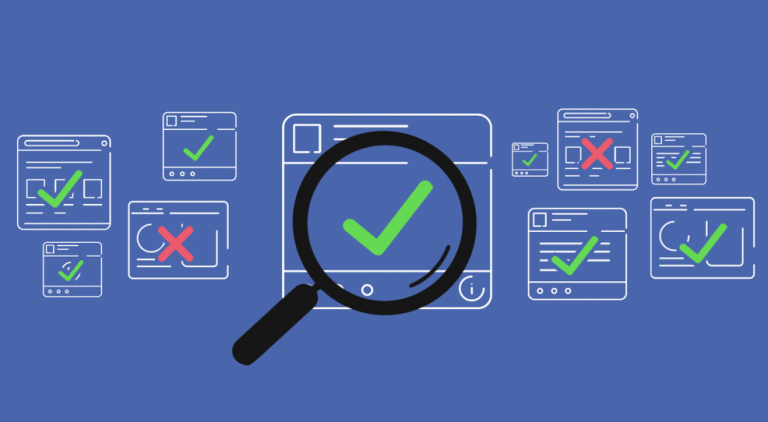Long COVID: Understanding and Addressing Persistent Symptoms After Recovery
Long COVID: Understanding and Addressing Persistent Symptoms After Recovery
Introduction:
Long COVID, also known as post-acute sequelae of SARS-CoV-2 infection (PASC), has emerged as a significant health concern for individuals who have recovered from COVID-19. While many people experience mild or moderate symptoms during the acute phase of the illness, a significant proportion continues to experience persistent symptoms weeks or even months after their initial recovery. In this article, we will explore the phenomenon of Long COVID, examine its underlying causes and manifestations, and discuss strategies for understanding and addressing the long-term effects of COVID-19 on individuals’ health and well-being.
1. Understanding Long COVID:
a. Definition and Symptoms:
Long COVID refers to the lingering symptoms and health complications that persist for weeks or months after the acute phase of COVID-19 infection has resolved. Common symptoms of Long COVID include fatigue, shortness of breath, chest pain, cognitive impairment (brain fog), muscle and joint pain, and loss of taste or smell. These symptoms can vary in severity and duration, affecting individuals’ quality of life and ability to perform daily activities.
b. Variability and Complexity:
Long COVID is characterized by its variability and complexity, with individuals experiencing a wide range of symptoms and health complications that can affect multiple organ systems. Some individuals may experience mild or intermittent symptoms, while others may suffer from severe and debilitating manifestations that require medical intervention and support. The underlying mechanisms of Long COVID are still not fully understood, making diagnosis and management challenging for healthcare providers.
2. Causes and Risk Factors:
a. Immunological Response:
The exact causes of Long COVID are not yet fully understood, but researchers believe that the immune system’s response to the initial viral infection may play a role in the development of persistent symptoms. Dysregulated immune responses, inflammatory processes, and autoimmune reactions may contribute to the ongoing symptoms and health complications observed in Long COVID patients.
b. Viral Persistence:
Some evidence suggests that the SARS-CoV-2 virus may persist in certain tissues or organs of the body even after the acute phase of infection has resolved, triggering a prolonged immune response and ongoing symptoms. However, more research is needed to understand the mechanisms of viral persistence and its implications for the pathogenesis of Long COVID.
c. Pre-existing Health Conditions:
Individuals with pre-existing health conditions, such as diabetes, hypertension, obesity, and respiratory or cardiovascular diseases, may be at higher risk of developing Long COVID and experiencing more severe symptoms. Underlying health conditions can weaken the immune system and increase susceptibility to complications from COVID-19, prolonging recovery and exacerbating long-term health effects.
3. Manifestations of Long COVID:
a. Physical Symptoms:
Physical symptoms of Long COVID can affect various organ systems, including the respiratory, cardiovascular, neurological, and musculoskeletal systems. Fatigue, shortness of breath, chest pain, palpitations, headaches, dizziness, and muscle weakness are among the most common physical manifestations reported by Long COVID patients.
b. Cognitive Symptoms:
Cognitive symptoms, often referred to as “brain fog,” are common among individuals with Long COVID and can include difficulties with concentration, memory, attention, and decision-making. Cognitive impairment can significantly impact individuals’ cognitive function, work performance, and quality of life, requiring cognitive rehabilitation and support.
c. Mental Health Effects:
Long COVID can have significant mental health effects, including anxiety, depression, post-traumatic stress disorder (PTSD), and adjustment disorders. The psychological impact of Long COVID can be profound, affecting individuals’ emotional well-being, social functioning, and overall quality of life, requiring mental health support and interventions.
4. Diagnosis and Management:
a. Diagnostic Challenges:
Diagnosing Long COVID can be challenging due to the variability and nonspecific nature of symptoms, as well as the lack of standardized diagnostic criteria and biomarkers. Healthcare providers must conduct comprehensive medical evaluations, including history-taking, physical examinations, laboratory tests, and imaging studies, to assess patients’ symptoms and health status.
b. Multidisciplinary Approach:
The management of Long COVID requires a multidisciplinary approach involving healthcare professionals from various specialties, including primary care physicians, infectious disease specialists, pulmonologists, cardiologists, neurologists, psychologists, and rehabilitation therapists. Treatment plans should be tailored to individual patients’ needs, addressing their specific symptoms, functional impairments, and comorbidities.
c. Supportive Care and Rehabilitation:
Supportive care and rehabilitation play a crucial role in managing Long COVID symptoms and promoting recovery and rehabilitation. Treatment strategies may include rest, hydration, nutrition, symptom management, pulmonary rehabilitation, physical therapy, occupational therapy, cognitive rehabilitation, and psychological counseling, tailored to individual patients’ needs and preferences.
5. Future Directions and Research:
a. Understanding Pathophysiology:
Further research is needed to better understand the pathophysiology of Long COVID and the underlying mechanisms driving persistent symptoms and health complications. Longitudinal studies, clinical trials, and translational research efforts are essential for elucidating the biological, immunological, and psychological factors contributing to Long COVID and developing targeted interventions and treatments.
b. Long-Term Follow-Up:
Long-term follow-up and monitoring of individuals with Long COVID are essential for assessing the natural history of the disease, tracking symptom trajectories, and identifying risk factors for chronic complications and disability. Longitudinal cohort studies and patient registries can provide valuable insights into the long-term outcomes of Long COVID and inform clinical management and public health strategies.
c. Supportive Services and Resources:
Providing supportive services and resources for individuals with Long COVID is essential for addressing their complex and evolving needs, promoting recovery and rehabilitation, and enhancing their quality of life. Healthcare systems, community organizations, and government agencies must collaborate to develop comprehensive support programs, educational materials, and peer support networks for Long COVID patients and their families.
Conclusion:
Long COVID poses significant challenges for individuals, healthcare systems, and society, requiring a coordinated and multifaceted response to understand and address its complex manifestations and long-term effects. By raising awareness, promoting research, and providing comprehensive care and support for individuals with Long COVID, we can mitigate the impact of the disease, improve patient outcomes, and enhance resilience and recovery in the post-pandemic era.
For more information visit: cryptcpm.tech
For more information visit: newsburing.com






